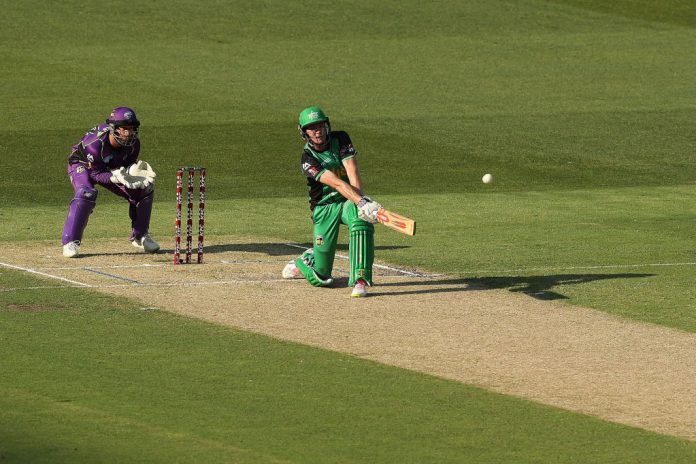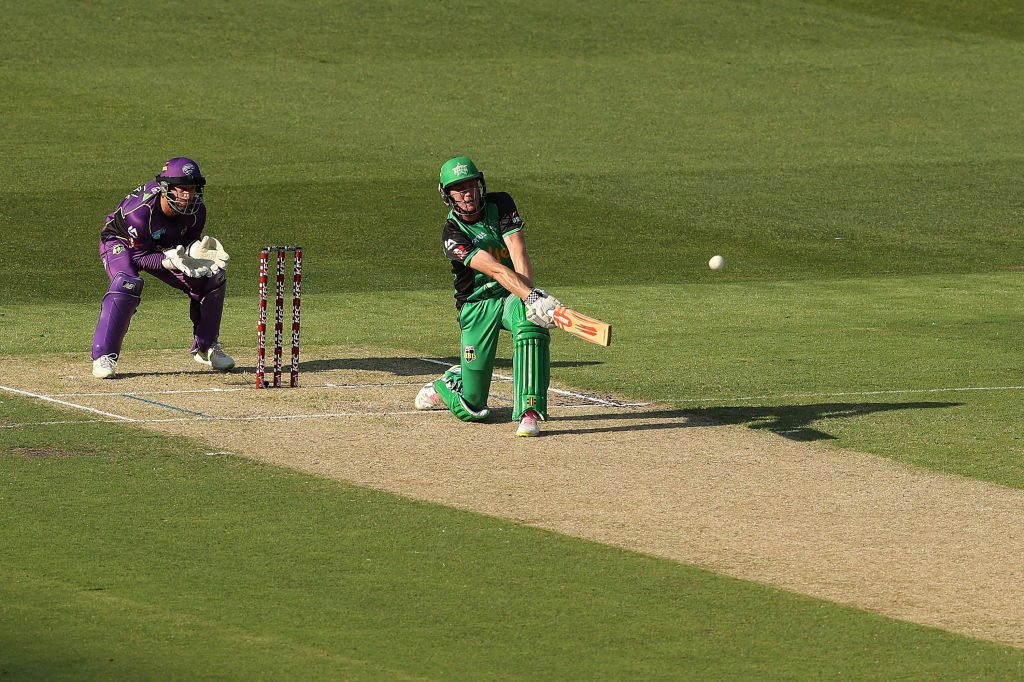

The Big Bash League has been criticised in recent years for many reasons, and now in the tenth edition of the franchise league, Cricket Australia have announced some massive rule changes.
Cricket Australia announced three new rules on Monday, with the ‘power surge’ and ‘Bash Boost’ coming in alongside the ‘x-factor player’ per a report on foxsports.com.au.
Entertainment levels 📈
“The Power Surge, X-Factor and Bash Boost prioritise high scoring, exciting cricket, introduce new strategic angles and ensure there’s always something to play for throughout the entire match," - Head of BBL, Alistair Dobson #BBL10 pic.twitter.com/Nacna2XHw9
— KFC Big Bash League (@BBL) November 15, 2020
The ‘power surge’ sees the initial power play reduced from the first six overs of a match to four. The missing two-overs will be at the batting teams disposal to call upon in the final 10 overs.
Four competition points will now be available each game, a win will land you three competition points while the remaining point will be awarded as a bonus point. The ‘Bash Boost’ point will be awarded to whichever side had the higher score at the 10-over mark.
The final addition is the ‘x-factor player'. This new rule will see teams name 13 players rather than the traditional 11 for the game. At the 10-over mark of the first innings teams will be able to substitute either their 12th or 13th man on at the expense of either a batsman who has not faced a ball yet or a bowler who hasn't bowled multiple overs as of yet.
The changes brought to the league by the BBL’s player acquisition and cricket consultant Trent Woodhill.
Woodhill is a veteran of Twenty20 cricket logistics, having been with teams such as the Melbourne Stars, Royal Challengers Bangalore, the Delhi Capitals, NSW, Australia and New Zealand over the past 15 years.
Woodhill also served as the England and Wales Cricket Board’s high performance consultant for its 100-ball format.
He said the new rules are about optimising the competition.
“I’m a big one for innovation but not for innovation’s sake,” Woodhill said to Fox Sports when discussing the modifications.
“You’ve got to be able to captivate your audience. The best way to captivate your audience is through high performance, through bringing the best out of both players and coaches.
“When there are subtle changes that increase strategic moves by both player and coach, it then creates just as much of an opportunity for the opposing team to try a find a way to nullify what you are doing.
“If that is being modified continuously then all the good stuff always stays, it never gets thrown out, but the things that can get improved do get improved."
“There will be a sense of anticipation from the viewer over when this two overs is coming but also the playing group,” he said. “It means a team has the opportunity to get back into a match if they’re struggling with the bat or likewise to take the game away if they’re in front.
“It also means more tactical awareness around bowling changes – around who is left and who can bowl in that power surge to deal with that real threat.”
He is hopeful the flow on effect will leave the competition in a better position going forward.
“This gives a young up and coming batter an opportunity to target a bowler. Adam Zampa, one of the world’s best middle over bowlers, suddenly has to contend with a Fraser McGurk coming at him with just two (fielders) out. There is a whole lot of contests that will come out of this.”
Planning for coaches will now be a feature right through the game and not just left to captains to dictate.
“I want coaches making decisions and being under pressure, not being able to say ‘well I’ve done my job, it’s up to the team now.’
“You want the coach and the captain coming together at the 10 overs to decide how the next 30 overs are going to play out. You want to see that drama of somebody being subbed.
“That is a gutsy call for both coach and captain and we want to see the coach under pressure.”





